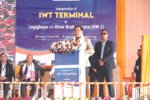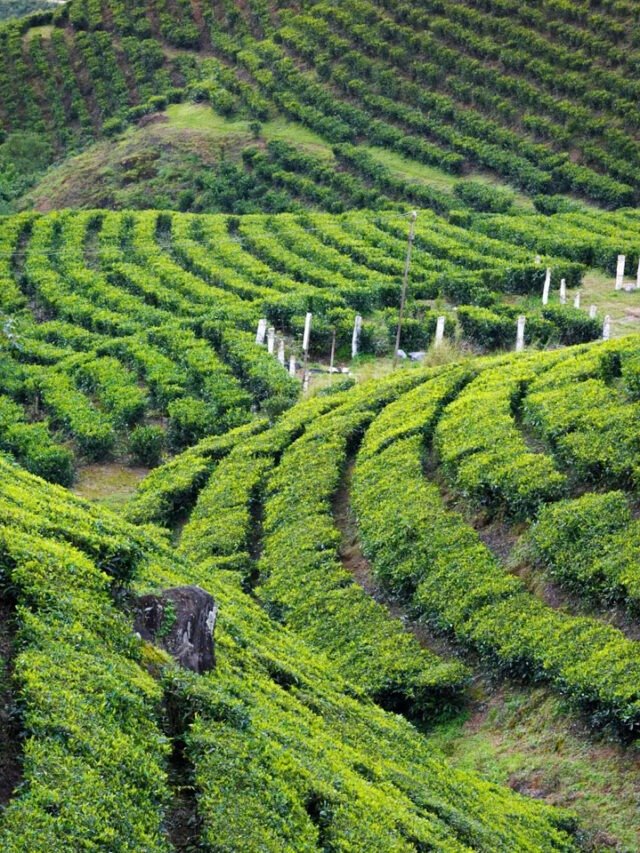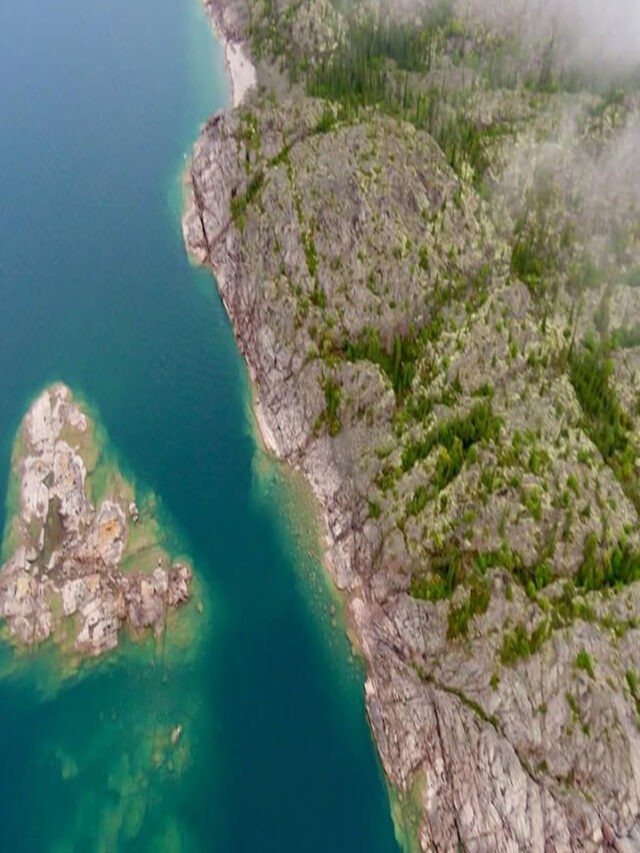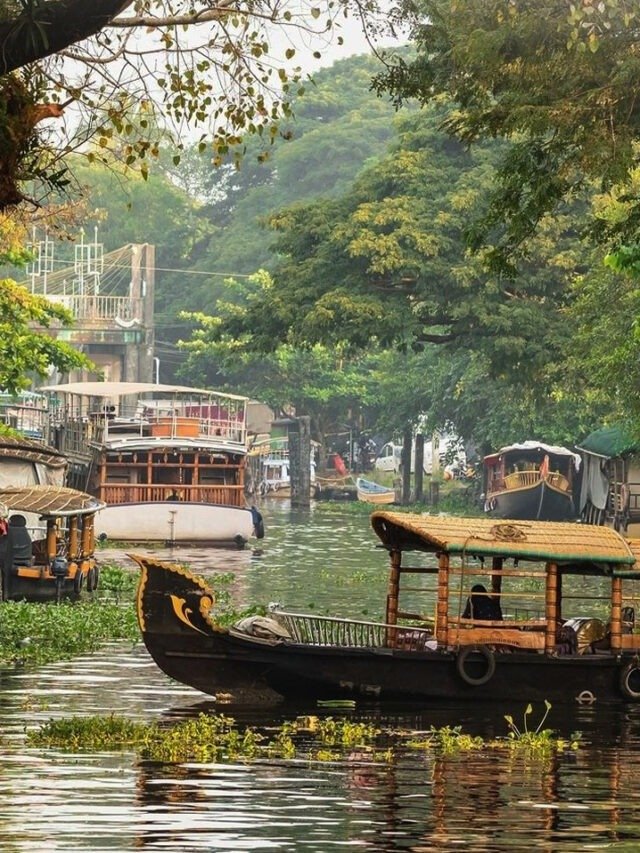HT Bureau
GUWAHATI, June 16: In a significant push to strengthen India’s inland water transport (IWT) network, Union Minister of Ports, Shipping & Waterways Sarbananda Sonowal on Sunday announced a series of new infrastructure initiatives aimed at transforming the Ganga (National Waterway-1) into a key artery for cargo, tourism, and sustainable transport. The announcements were made during the inaugural session of a Consultation Workshop on the development of IWT on NW-1, held in Patna.
According to an official statement, the Inland Waterways Authority of India (IWAI) signed State Support Agreements (SSAs) with the governments of Uttar Pradesh and Bihar to bolster cooperation in areas such as cruise tourism, operation and management of community jetties, and Quick Pontoon Opening Mechanisms (QPOMs). The workshop brought together senior leaders including Union Minister Giriraj Singh, Bihar Deputy Chief Ministers Samrat Choudhary and Vijay Kumar Sinha, Bihar Water Resources Minister Vijay Kumar Chaudhary, Transport Ministers of Bihar and Uttar Pradesh, West Bengal’s Minister of Irrigation and Waterways Manas Ranjan Bhunia, and Members of Parliament Ravi Shankar Prasad and Sudama Prasad. Senior bureaucrats including Bihar Chief Secretary Amrit Lal Meena and IWAI Chairman Vijay Kumar were also present.
Addressing the gathering, Sonowal emphasised the government’s commitment to revitalising India’s rivers, particularly the Ganga, as engines of future economic growth. He described IWT as the cleanest, most cost-effective, and environmentally sustainable mode of transport. Reflecting on the spiritual and civilisational significance of the river Ganga, he reiterated the government’s resolve to align the river’s heritage with the country’s modern development goals.
As part of the infrastructure roadmap, Sonowal announced the establishment of a new ship repair facility in Patna, aimed at enhancing river-based infrastructure. The IWAI will also conduct a feasibility study to operationalise River Gandak as National Waterway-37. In Uttar Pradesh, a freight village is being developed by National Highways Logistics Management Limited (NHLML), a subsidiary of the National Highways Authority of India (NHAI), to support multimodal cargo movement. Fairway maintenance works are already underway across NW-1, including the Varanasi-Ballia stretch, to ensure round-the-year navigability. A QPOM has been deployed at Nauranga in Ballia to address connectivity bottlenecks.
Fifteen community jetties are being developed in Uttar Pradesh, with onshore infrastructure already under construction at eight locations and two more under consideration. Two hybrid electric catamaran vessels have been deployed in Varanasi and Ayodhya, alongside a hydrogen-fuelled vessel and two Ro-Pax ferries for passenger cruise services. The operational Multi-Modal Terminal at Varanasi has positioned the state as a critical hub in the revitalised inland waterways ecosystem. A feasibility study is currently underway to replicate the Kochi Water Metro model in Varanasi, Ayodhya, and Prayagraj, subject to geographical suitability.
Speaking about the progress made in Uttar Pradesh, Sonowal said that the Jal Marg Vikas Project (JMVP) has made the state a major beneficiary of IWT revival on NW-1. The launch of MV Ganga Vilas—the world’s longest river cruise—by Prime Minister Narendra Modi in 2023, which began its journey from Varanasi, has bolstered river cruise tourism in the state. The implementation of schemes like ‘Jalvahak’, offering incentives for cargo movement, and ‘Harit Nauka’, promoting low-emission vessels, has further advanced the state’s leadership in sustainable river transport.
In Bihar, the minister announced plans to explore a Water Metro project in Patna, inspired by the Kochi model, to provide clean and modern mobility across both banks of the Ganga. A new ship repair facility and the upgrading of the National Inland Navigation Institute (NINI) into a Centre of Excellence are also planned. Sixteen community jetties are being developed to enhance passenger connectivity, and Kalughat Terminal is being positioned to handle cargo bound for Nepal. Infrastructure plans include four QPOMs, two Ro-Pax terminals, and two hybrid electric catamaran vessels. The IWAI and the Bihar government signed an SSA to deepen collaboration on community jetties, cruise tourism, and QPOM operations.
In West Bengal, Sonowal noted that the Haldia terminal, already operational and integrated with Indo-Bangladesh Protocol routes, is establishing the state as a vital gateway for cross-border trade. The upcoming Coastal Shipping Bill, 2025, is expected to streamline cargo movement between inland and coastal waterways. West Bengal is also emerging as a key destination for river cruise tourism. Fifteen community jetties have already been commissioned, and work on seven more is in progress. Fairway maintenance is underway on important stretches including Farakka–Kahalgaon, and onshore facilities are being constructed at eight locations to support local logistics and passenger movement.
In Jharkhand, the Multi-Modal Terminal at Sahibganj is already operational and is significantly contributing to cargo movement along NW-1. Two community jetties are under development to improve local access. An integrated cluster-cum-logistics park is being planned at Sahibganj, with a memorandum of understanding signed between IWAI, NHLML, and RVNL. A traffic study is being conducted to support the project.
The Union Minister highlighted that the JMVP, launched in January 2018 at a cost of ₹5,061 crore, aims to develop a 1,390-km stretch of NW-1 from Haldia to Varanasi with assured depth and width for navigation. As of May 2025, the project is nearly 69% complete, with cargo traffic increasing from 5.05 million metric tonnes in 2014-15 to 16.38 MMT in 2024-25. The project includes community jetties, navigational locks to reduce transit time, cargo terminals, and various facilities to support both commercial and passenger traffic.
Since 2014, under the leadership of Prime Minister Narendra Modi, the inland waterways sector has seen a transformative shift. The number of operational national waterways has increased from three to 29, and cargo movement has grown more than seven-fold—from 18 million tonnes to over 145 million tonnes in 2025. Investments in the sector have crossed ₹6,300 crore. Today, 124 terminals are operational, including 27 permanent and 97 floating ones. A total of 111 waterways have been declared, spanning 23 states and four Union Territories, with a combined navigable length of over 20,000 km. In the financial year 2024–25, cargo movement on these waterways reached 145.84 MMT, with bulk commodities such as coal, iron ore, fly ash, cement, and vehicles forming 85% of the total.
To support the sector’s continued expansion, IWAI is conducting 10,000 km of longitudinal surveys every month to assess the Least Available Depth (LAD). This coverage is expected to expand from 11 states in FY24 to 22 states and four Union Territories by FY27. A five-year project pipeline worth ₹35,000 crore, including Public Private Partnership (PPP) ventures, has been prepared. The sector’s growing importance is also reflected in a 48% rise in the Ministry’s annual budget, which has increased from ₹1,203 crore in FY24 to ₹1,752 crore in FY25.
The session concluded with a reaffirmation of the Centre’s long-term commitment to making inland water transport a vital component of India’s multimodal logistics strategy.












